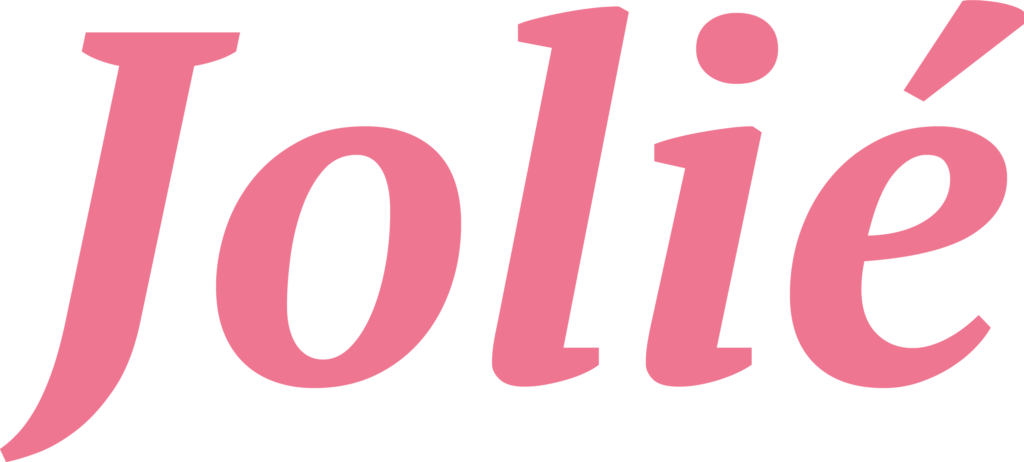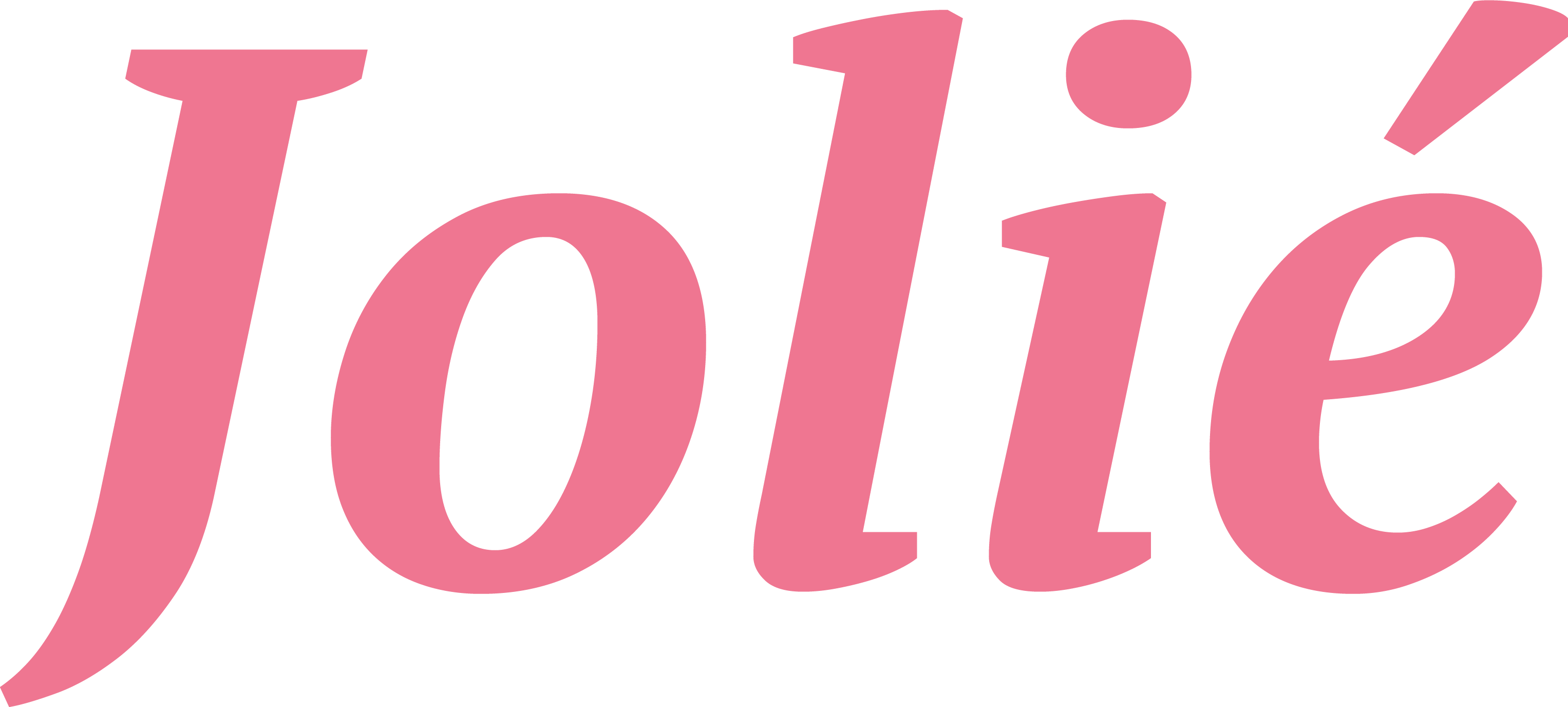In a world that celebrates the aesthetics of a flat stomach, juice cleanses, and the supposed benefits of “cutting carbs,” it’s challenging not to get entangled in the tumultuous relationship between food and body image. With terms like “intermittent fasting” and “macro tracking” earning halo status, what was once the realm of disordered eating now often appears as a gold standard of health. But, divas, it’s high time we dial back and reassess.
Here’s the low-down: Many women, perhaps more than you’d think, are veering too close to the line between “healthy habits” and “destructive obsessions.” Remember the 2008 survey revealing that a whopping 75% of women between 25 and 45 had some disordered eating habits? Fast forward to now, and the situation doesn’t seem to have improved. In fact, a 2023 study highlighted that a concerning 22% of young folks exhibited signs of disordered eating.
Now, if you’re sneakily checking yourself for symptoms, you’re not alone. With an estimated 1 in 11 people in the US potentially developing an eating disorder during their lifetime, it’s clear that we’re not just talking about a ‘few’ people.
So, what’s a gal to do if she’s worried about her relationship with food?
1. Trust Your Gut Feeling: If you spend hours obsessing about that extra scoop of ice cream or if food-related anxieties are dictating your day, it’s time for a heart-to-heart with someone you trust. Your well-being isn’t defined by the occasional indulgence!
2. Seek Expertise, not Opinions: Don’t rely on just any doctor or dietitian. Seek professionals who genuinely understand eating disorders. You don’t want to be told to “eat less and move more” when you’re facing a genuine concern, right?
3. More Than Diagnosis: It’s essential to keep checking in. Having a sounding board, like an eating disorder specialist, can be invaluable in navigating the sometimes murky waters of eating habits.
4. Find Your Tribe: With stereotypes painting a narrow image of eating disorders, remember that you’re not alone, no matter your background, race, or size. Virtual support groups or community meetups can offer a safe haven and understanding.
5. Define Your Recovery: Sweetie, your journey is yours alone. If a complete recovery feels overwhelming, aim for smaller, manageable goals. Progress, no matter how tiny, is still a move forward.
6. Embrace the Long Haul: The journey can be long, but oh-so-worth it. Imagine a day when food is just… food, without the side of guilt or anxiety. Bliss!
Eating habits, dear readers, should add joy to our lives, not anxiety. So, next time you’re confronted with a fancy-sounding diet or an Instagram model’s “food routine”, remember to love and listen to your own body first. After all, you’re fabulous just as you are!








